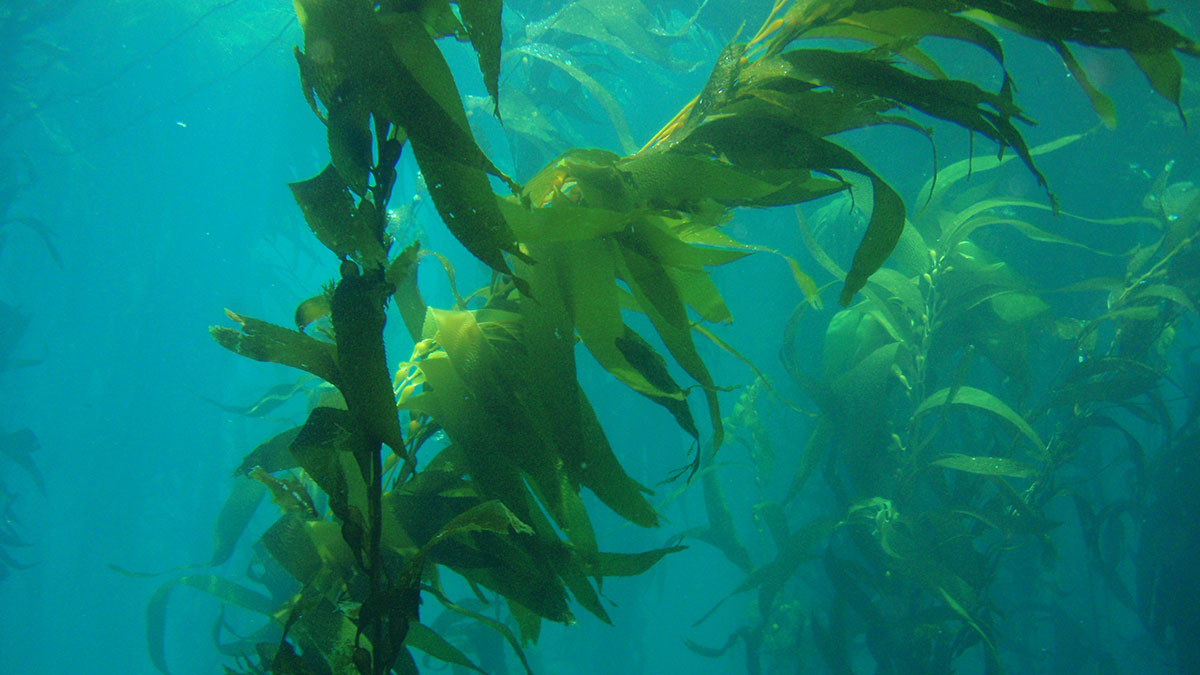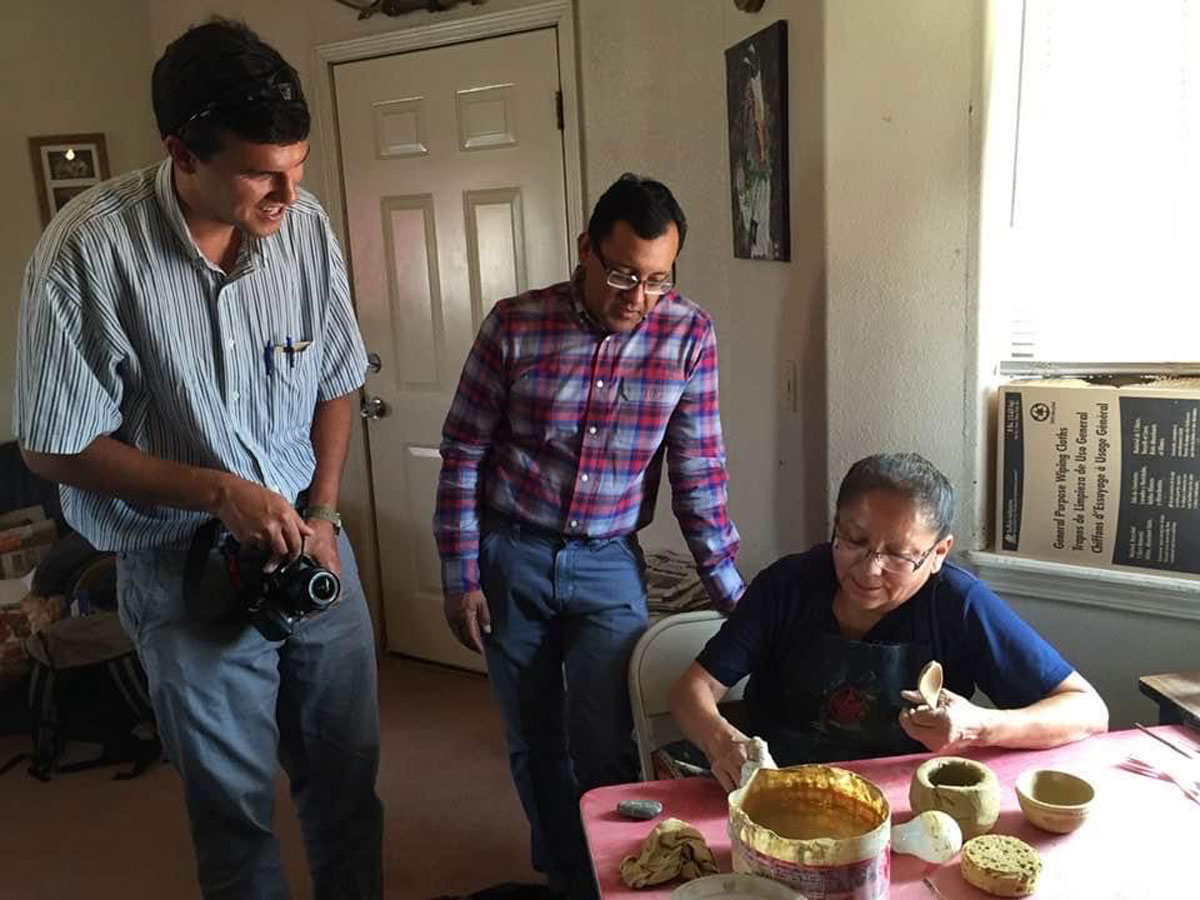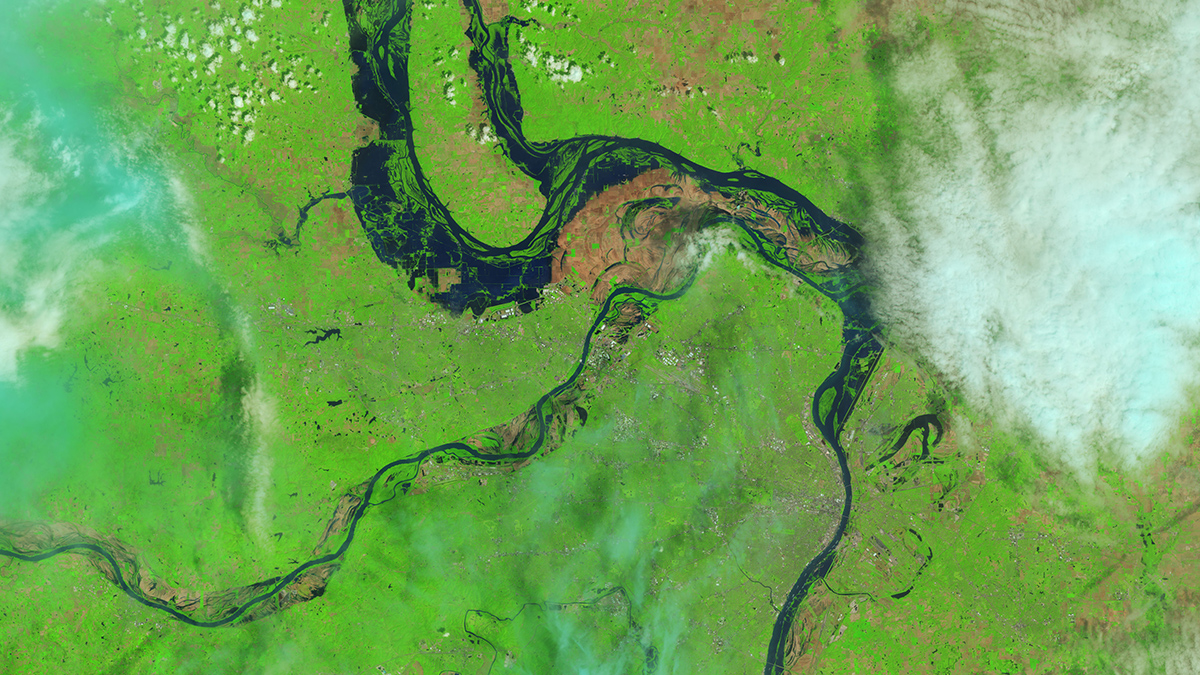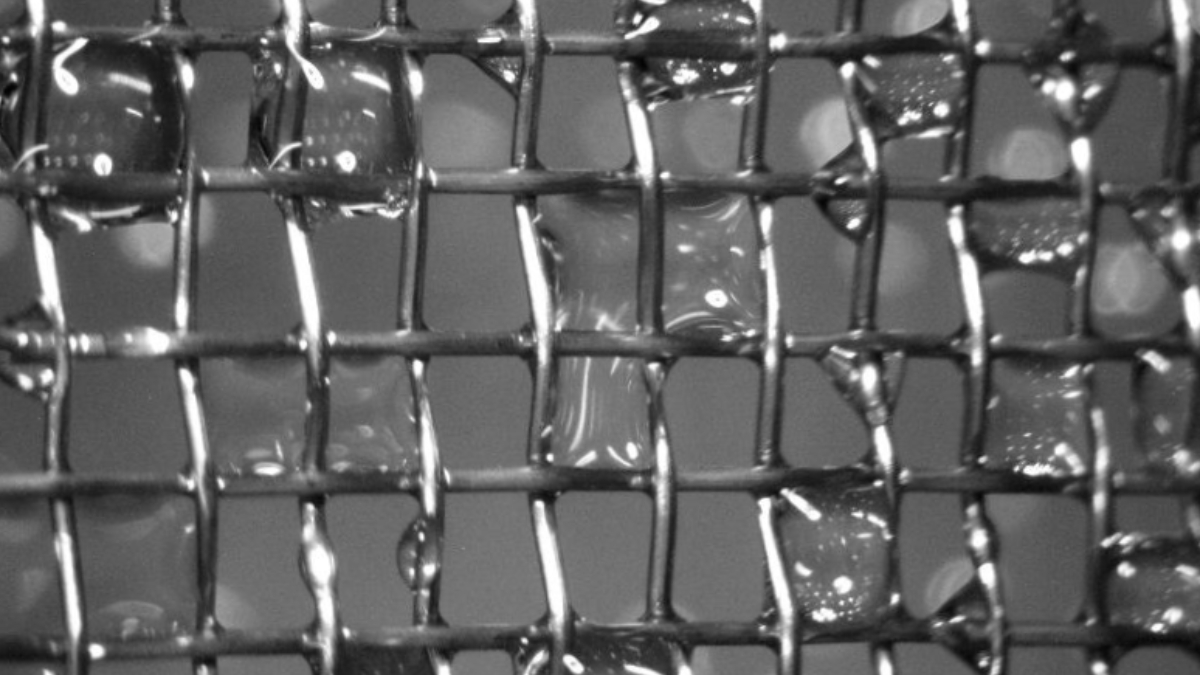Microbes in mulch scrub nitrate from groundwater before it flows to the sea.
Water quality
Kansas Prairie Streams Are Getting Choked, Maybe for Good
A herculean effort to fight back woody plants in the Konza Prairie has largely failed. The outcome shows how difficult it can be to retore these ecosystems.
Cuando los bosques en la tierra arden, los bosques submarinos sienten el impacto
El kelp es un hábitat, un sumidero de carbono y un agente aglomerante en tu helado. Pero estudios recientes muestran que los bosques de kelp en California son afectados por el destino de sus contrapartes sobre tierra.
Crafting Clean Water in the Navajo Nation
A collaboration between researchers and a Navajo Nation potter has yielded an effective and culturally appropriate water treatment device.
Accelerating Toward Water Security
Halfway through the United Nations’ push for sustainable development, there is backsliding on the goal of “clean water and sanitation for all.” Water experts and stakeholders are out to change this.
When Forests on Land Burn, Forests Underwater Feel the Impact
Kelp is a habitat, a carbon sink, and a binding agent in your ice cream. But new research shows that California’s kelp forests are affected by the fate of their counterparts on land.
How Llama Poop Is Helping an Andean Community Adapt to Melting Glaciers
Reintroducing these animals can enrich barren soils and potentially reduce water contamination, a study shows.
Rivers Are Warming Up and Losing Oxygen
Researchers used deep learning to fill in the gaps of “patchy” water quality data, revealing decades-long trends toward warmer and less oxygenated rivers that could have worrisome consequences.
Low-Tech, Energy-Free Tool Collects and Cleans Fog Water
A new fog harvester could benefit communities that lack access to clean freshwater.
The Supreme Court Is Bypassing Science—We Can’t Ignore It
The court’s exclusion of scientists from the environmental rulemaking process comes full circle as the EPA strips federal protections for wetlands.










